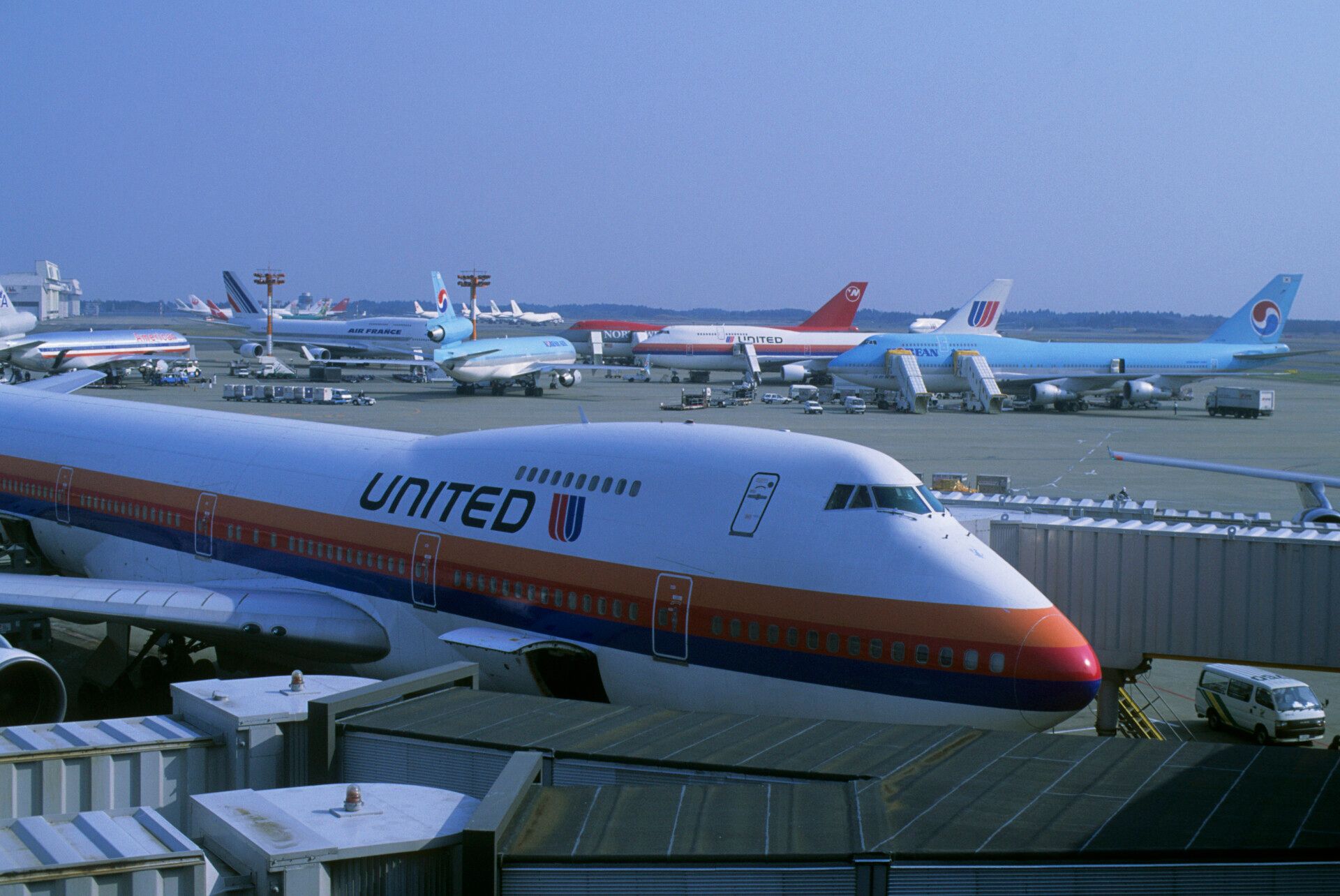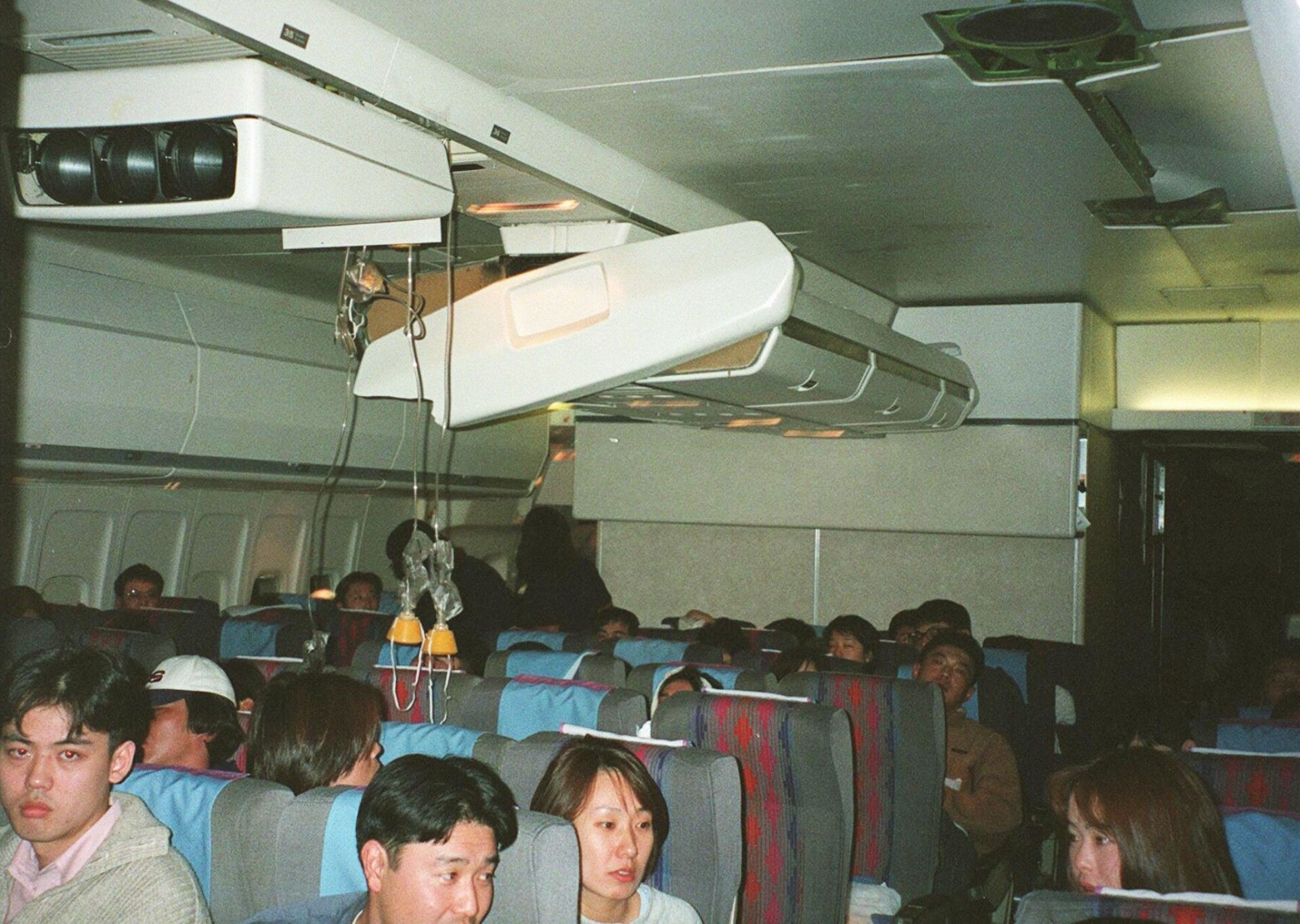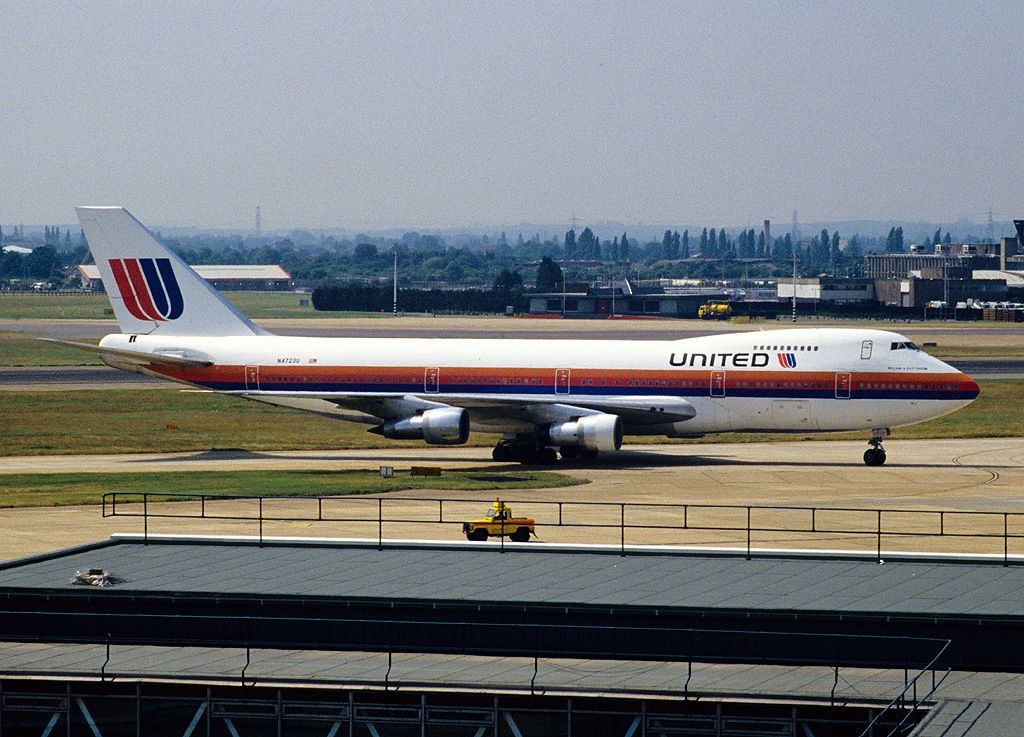On December 28, 1997, United Airlines operated Flight 826 between Tokyo and Honolulu onboard a Boeing 747-100 aircraft, registration N4723U. The plane would be retired by the end of that service (which had an accident mid-flight and had to return to Japan) despite being undamaged. Why did that happen?
Flight 826
Flight 826 departed on December 28, 1997, from New Tokyo Airport (later renamed Narita Airport). The takeoff, departure, and climb out were uneventful. Onboard were 393 people, including 374 passengers.
While at cruising altitude, the airplane encountered a turbulence area; the captain turned on the “fasten seat belt” sign. After approximately 15 minutes, there was no more turbulence, so the crew switched off the sign.
Nonetheless, the captain announced turbulence was still a possibility. Approximately one hour and forty minutes into the flight, the airplane suffered some “wave action.” The captain radioed Northwest flight 90 requesting a ride report, as it was flying in front of United’s Boeing 747-100. The Northwest crew reported that the ride was smooth.
A couple of minutes later, flight 826 encountered severe turbulence. Moments later, the aircraft suddenly dropped around 100 feet (30 meters), severely injuring 15 passengers and three crew members. One passenger died despite quick resuscitation efforts by flight attendants and a passenger doctor.
After making an assessment of the injuries, the captain decided to return to Narita for medical assistance.
The National Transportation Safety Board (NTSB) launched an investigation into the accident. According to the NTSB, the probable cause was,
“The pilot-in-command's inadvertent flight into adverse weather conditions, and the difficulty of obtaining adequate weather forecasts of over-ocean turbulence. Factors contributing to the accident include the presence of clear air turbulence and the failure of the flight attendant to issue a safety advisory."
Why was it written off?
Following the accident, United Airlines released a bulletin emphasizing the importance of effective communication. The publication was entitled Turbulence Encounter and Passenger Fatality. It explained the events of Flight 826.
Additionally, the airline took other measures to encourage passengers to keep their seat belts fastened even if the sign was off.
With regards to the B747-100 aircraft involved in the accident, United Airlines decided to write it off, despite not having any damage in consequence of the turbulence.
United Airlines had previously intended to sell the aging aircraft and was planning to take it out of service in early 1998 nonetheless. After the accident, United decided to move forward with the retirement date of the aircraft. Flight 826 was N4723U last ever commercial service.
Stay informed: Sign up for our daily and weekly aviation news digests.
The aircraft
Following the accident, United Airlines wrote the aircraft off.
The Boeing 747-100 registration N4723U was nearly 27 years old at the time of the accident. According to ch-aviation, United Airlines first ordered this ‘Queen of the Skies’ on July 25, 1967. It had Pratt & Whitney engines. The plane is currently scrapped at Marana Pinal in Arizona.
Boeing delivered the aircraft in January 1972. By the time of the accident, the B747 had 92,520 hours and 19,723 cycles.
Have you heard before about this accident? Do you think it created a precedent for airlines enforcing the measures encouraging passengers to keep their seat belts fastened at all times? Let us know in the comments below.



